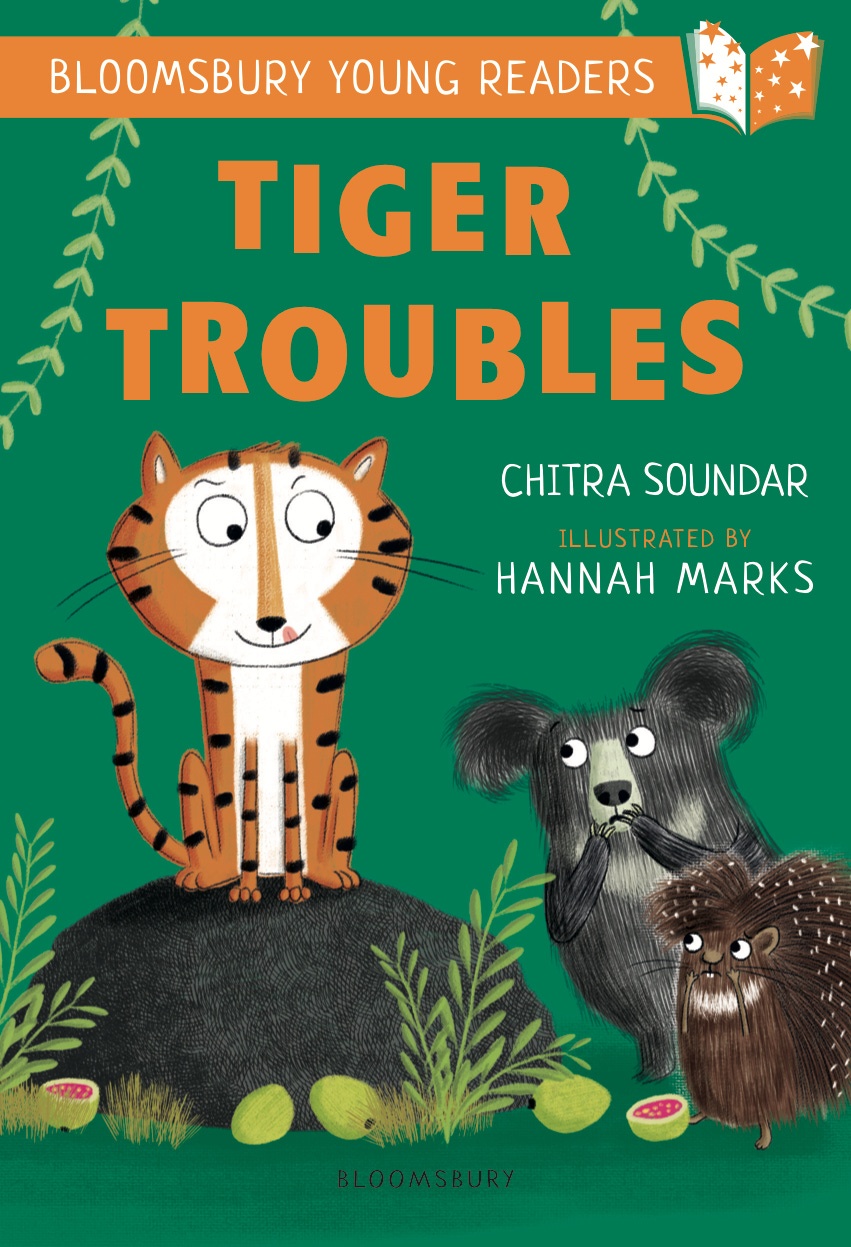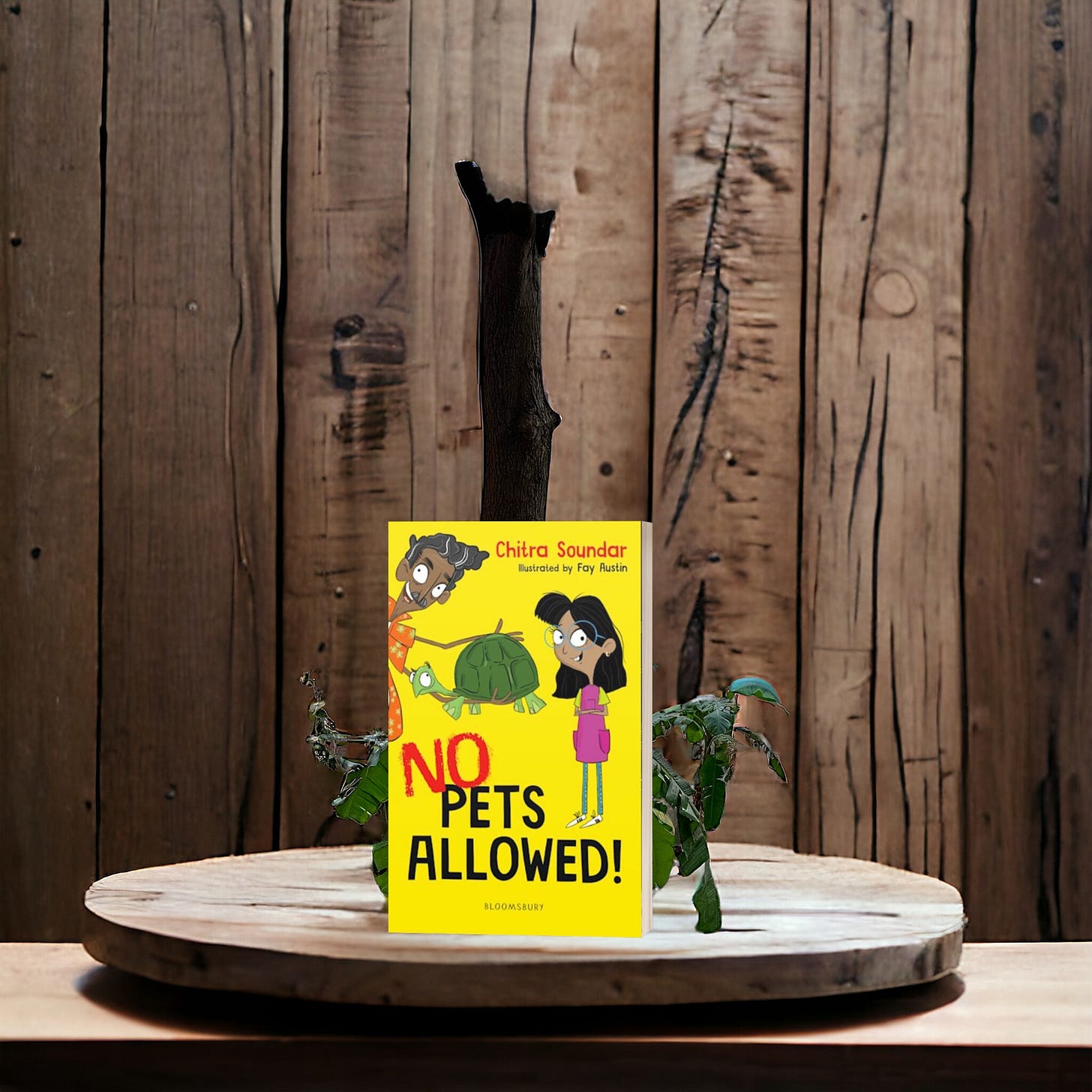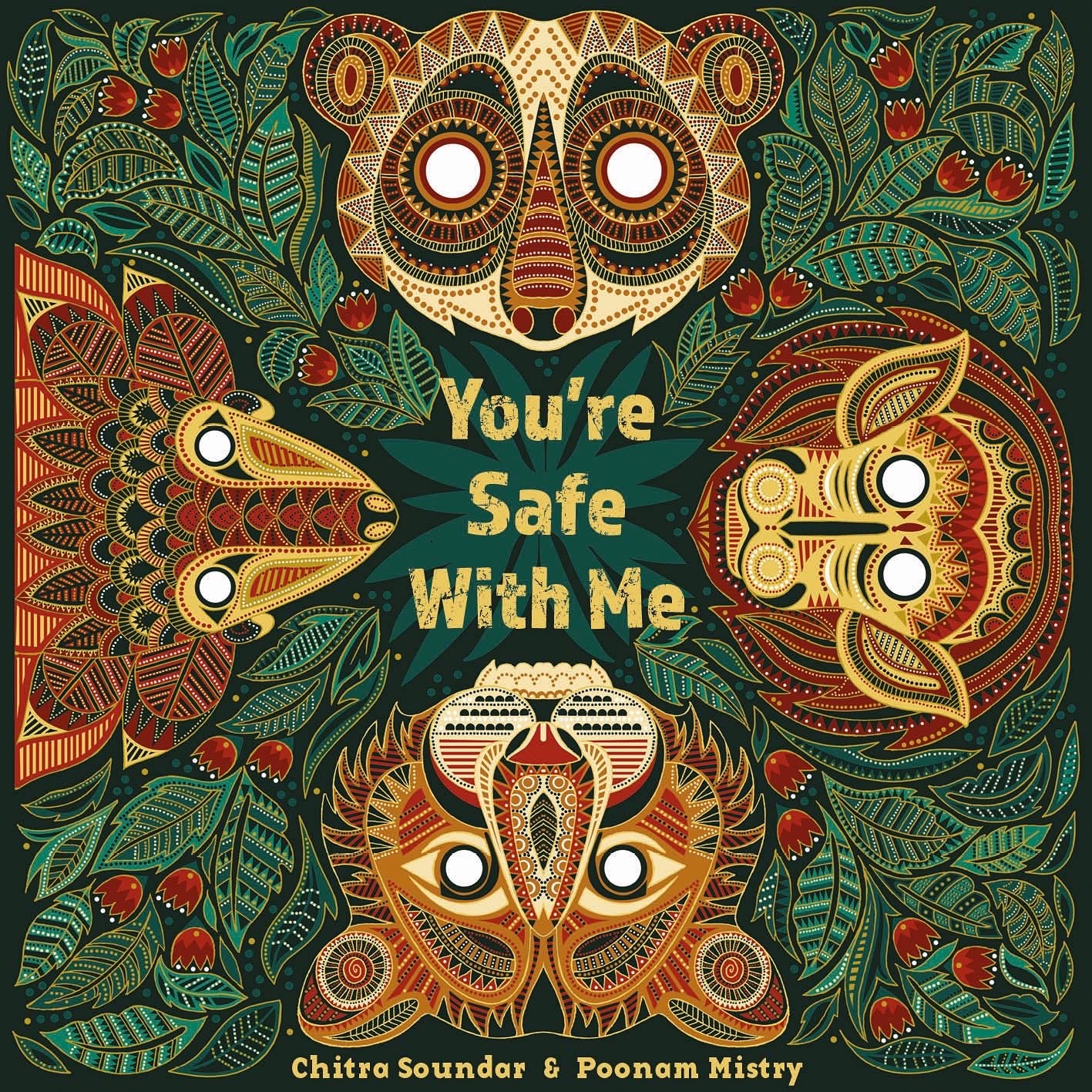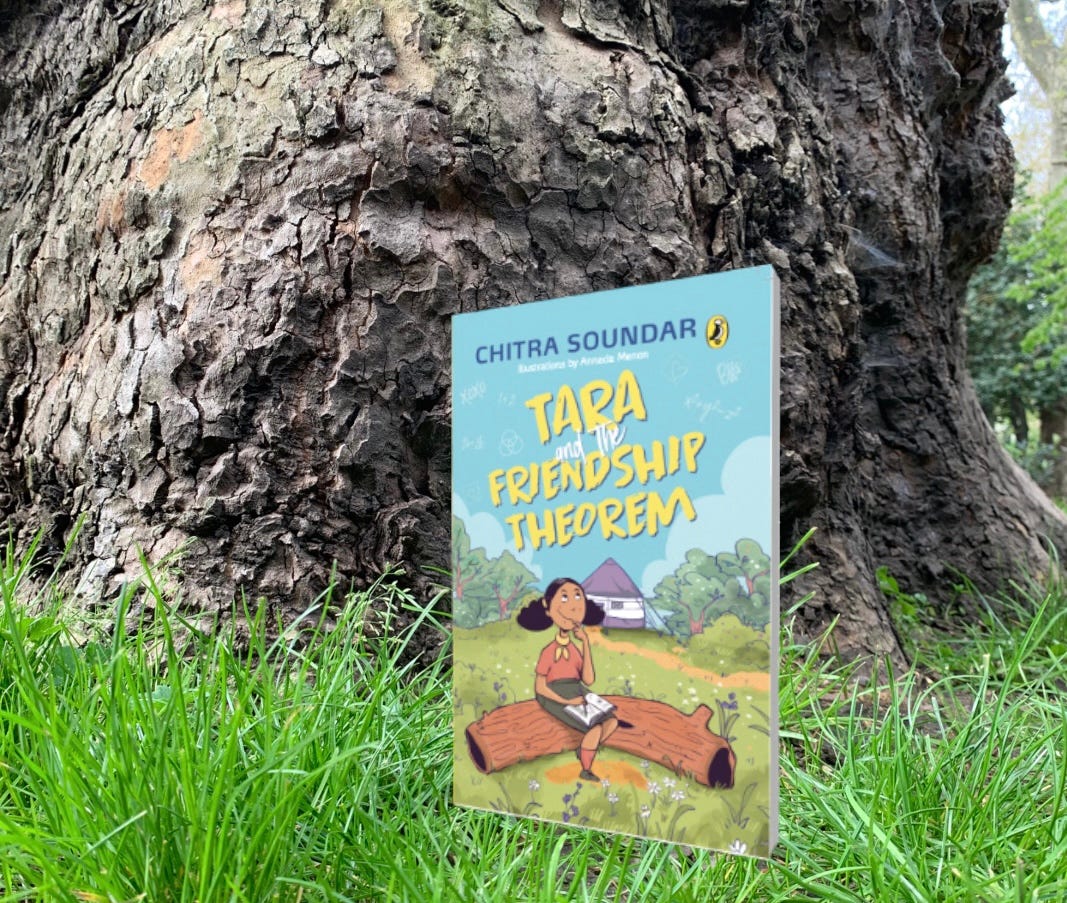As an emerging writer, I had assumed that accomplished, seasoned writers don’t get any rejected. Twenty years on, I know that is not true. I get rejected by publishers / editors all the time. For text that I believe in, for texts that I had so much hope for…
Rejection of a manuscript has the same markers as a personal rejection in a relationship.
Type of Rejections
a) It’s not a match - the story and the publishing house doesn’t fit. This is less likely when agents submit to specific publishers. But still this is a business of taste and opinion and sometimes the editors don’t think it fits.
b) Publishers don’t think there is a market for the topic you’re writing and cannot afford to invest in it.
c) Publishers don’t see you writing that kind of books (whether it’s genre or format or age-group) for them - they have put you in a pigeon-hole and they’d rather keep you there - because that gives them the ability to plan any publicity and marketing (if they do) and balance the number of authors they have for each of those categories. Unless you sell a million copies of your previous books, there might not be willingness to open that pigeon hole and let you soar into the sky.
The Avalanche vs the Drip
When I didn’t have an agent and was submitting to publishers myself (that was just 7 years ago), rejections will come at random times - anything from a Friday evening (or a Christmas eve) to a middle of week email. Or they will not come at all. I will get ghosted forever! That means they have not read it, perhaps will never read it and they have a tottering tower of submissions, they have to get through first.
But now that I have an agent, usually rejections come in a bunch - my agent would send me a list of places that have PASSED! Sometimes there will be some kind of response and some times the response is it’s just not for us!
So how do I deal with it?
When I was working full-time and submitting stories and getting rejections all over the place, confidence was low and insecurity was high. The rejections felt like a stamp over my writing - NOT GOOD ENOUGH! And perhaps a lot of that was true. Even 10 years ago, many editors and publishing houses didn’t have the time to nurture potential into talent into a published author. Some did, I got started at Walker Books because my editor there saw my potential and gave me an opportunity.
But most often what you submit is what you will be judged on and if you submit too early with too many wrinkles in the story, it will come back with a big rejection slip.
I dealt with it in two ways - a day or two of moping, telling myself that I’m not good enough and then you know what - I just went back to writing something new. Because I had so little time to write, I wanted to just get back to writing and getting better than sitting around worrying about the story that didn’t get a home.

The direct result of “I’m not good enough” was not giving up. It was working harder, learning more, doing courses, joining workshop groups. I knew I had it in me to write stories that children would love to read. But I had to uncover that skill, learn the craft and get better at it.
What happened to all those rejected manuscripts?
There are so many… inside my hard drive where they are all sorted into years / versions and status.
When a story is rejected, there are a few possible conclusions I come to:
a) This is a terrible story - put it away - this is never going to work. Perhaps this was a story that shouldn’t have gone out.
b) I love this story - I can’t see why this is not getting accepted.
c) Hmm, I can see how I can make this story work differently.
d) This option is the option of perseverance. I believe in the story and I never give up and I keep working on it until one day it gets accepted.
e) This belongs elsewhere
The Black Hole
So the ones that are in pile (a) - will go to my black hole folder called ARCHIVE - DO NOT USE. They weren’t pointless - they were part of my 10,000 hours of crafting. But as a writer who has grown and matured, I can see how this will never work.
The HOPEFUL Pile
Then pile (b) - they are just in the yearly folder they were created in - under their genre. So 2022 → Fiction or 2019 → Picture Books. They stay there until the day I look for an old story to work. I still believe in this story and ever so often I will dust it up and look at it with fresh eyes to see if it falls into category c or can it go out as is!
If I think it might need an edit or it is good enough to go out, I will bring it to the current year and work on it when I can.
The other option is when I’m pitching new ideas, I will see if I can re-pitch these (if they have not been submitted by my agent recently) - perhaps with small amendments.
One such story is Tiger Troubles. It was written over many years in different names - the last one was in 2013 as Jungle Splatter. And then I was asked to pitch some ideas for Bloomsbury Education, and they gave me a max word count. And Jungle Splatter was edited, revised one more time and sent in - and eventually it got its new name and its glorious illustrations by Hannah Marks and it is still one of my favourite books to read aloud.
The TRANSFORM Pile
Then pile c) - these could transform from picture book to chapter book, or chapter book to longer book or picture book. I could turn them into a script. If the idea is solid, then it might be a question of my approach. Perhaps I need to try a different structure or a different character or setting. It will be a full rewrite - many times over until I’m ready to share with my agent.
I was working on a chapter book called the Crate Crisis in 2014/15 and then received some expert feedback from a good friend and experienced author. And then I put it away…until I again got an opportunity to pitch it to Bloomsbury Education in 2022. This was 7 years later, I was a different writer, hopefully a better writer and when I dusted off this story, I clearly saw how to rewrite it - I knew how to jump into the story and how to make it funny.
And that book became No Pets Allowed (illustrated by Fay Austin)
The STUBBORN Pile
The finally the (d) pile - the pile of stubborn - You’re Safe With Me was one such story. When I originally worked on it, it was called Once Upon a Time… and it was submitted and got rejected.
But I kept working on it because I thought the story was solid, the words were poetic and I knew this was a story to be told. Eventually I gave it the refrain YOU'RE SAFE WITH ME and it became the title - when Lantana wanted the story for Poonam Mistry to illustrate. And the rest as they say is joy. It’s one of our popular books and is loved by many parents and children. I still get 7-year olds come up to me when they see me holding the book and say I read this when I was little. Aw!
The MIGRATION Pile
My pile (c) and (d) can be resurrected in different ways too. What do I do if after all the reshaping, rewriting, I can’t sell it in the UK? I believe in the story and something is stopping it from appealing to editors.
Perhaps it is better suited for a different market - sometimes the story can be seen as less relevant to western audiences - yes it happens a lot more than you think. And if I think the story is very good and needs to be read by young people, I cannot forgive myself for banishing into the black hole. I will share it with my Indian editors. Of course they can say No too. But sometimes, it is just the right book for another house far far away! Or my agent will send it to US houses.
This doesn’t happen often - because when I submit to Indian editors, it is usually written and pitched exclusively for them. But sometimes, the genesis of a book might have come from a different place and then during reshaping it, I would realise it is much more suited for a different audience. In that case, I will send it to a few trusted editors in India to take a look.
That’s how Tara’s Friendship Theorem was published, illustrated by Annada Menon. I wrote different versions of Tara over many years until I had a draft that I was sure about. But it got rejected primarily because there was a tonal issue that none of the editors wanted to raise or ask me to revise. I showed it to my editor at Puffin, India and she said she would take it on, if I was willing to revise it. Of course I was. And they knew exactly what the problem was and helped me solve it and the book was better for it. I still get feedback from Indian parents about the book and the different layers in it.
So we have done (a) to (d) and what if a story has gone through (b) to (d) and still doesn’t sell. It is time to move on! I send it to the black hole and start writing something new. I don’t like getting stuck on one thing - I get stuck on many things. A story has to be beaten many times in (b) to (d) before it will eventually be shipped to the black hole. But when it does, it is time to let go.

I have three journals full of ideas and I’m sure I can write another one. Regardless of which bucket it will end up in eventually. A rolling stone gathers no moss. If I keep writing, if I keep innovating, pushing myself to writing different things and new things, I will keep moving, the rejection won’t stick hard enough to stain my creativity.
How do you deal with rejection? Do you have your own piles and buckets of different stories? Tell me about it!







Love this, Chitra! I’m gonna try this archiving/ folder structure too. What a great idea!
Really enjoyed reading this, Chitra! I certainly have a few PATHETIC manuscripts on my hard drive that I’ll never go back to… but I believe nothing is a waste of time - it’s all part of the process of improvement!